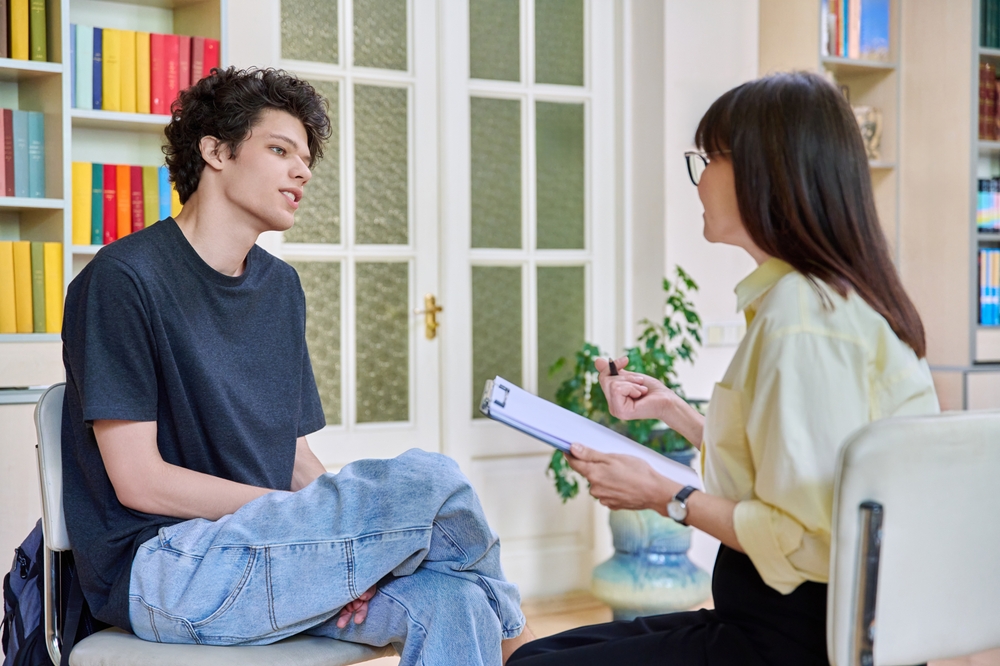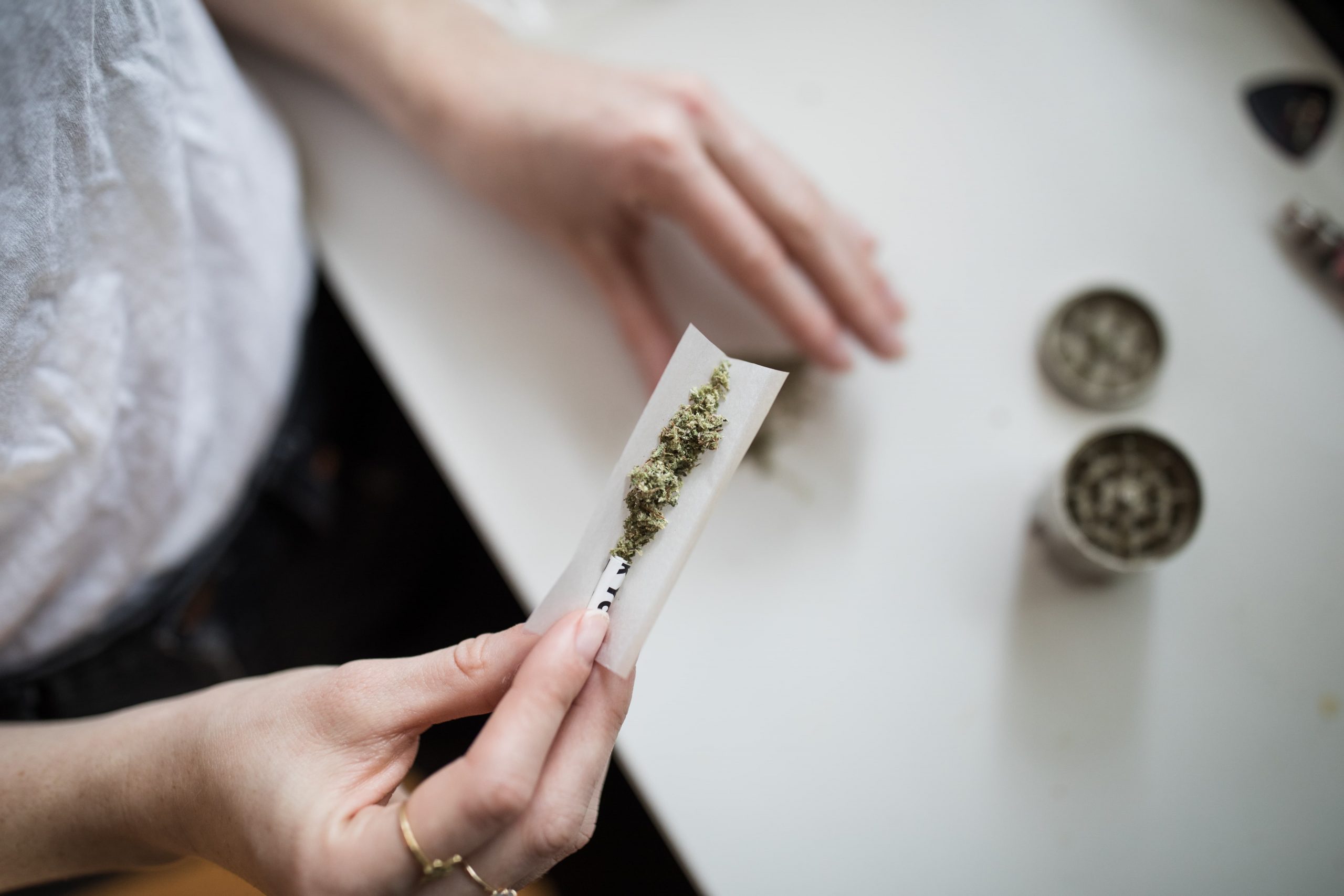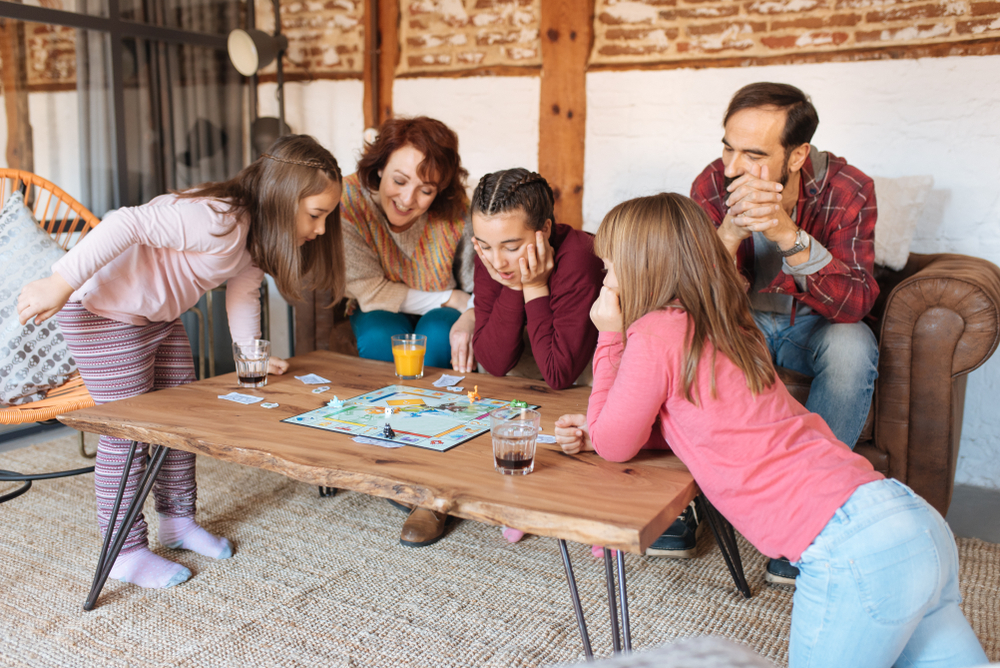Adolescence is the transitioning from child to adult and teens often experiment with adult behaviors and habits, including sexual activity. While misinformation and inexperience can lead to some negative consequences for teens, a look at recent statistics about teen sexual activity in the United States can provide parents with some real insight into how best to communicate information about sex and sexuality to their children.
American teens’ sexual and reproductive health has changed over the past several decades, with some statistics reflecting positive changes and others showing more negative consequences, according to the Guttmacher Institute, a sexual and reproductive health awareness organization. Overall, the number of teens engaging in sexual activity has dropped over the past few decades. The following statistics about teens and sex are taken from the Guttmacher Institute from a June 2013 report.
Teen Sexual Activity
The Guttmacher Institute reports that teens are waiting longer to have sex than they did a decade ago. In 1995, 19% of girls and 21 % of boys reported having sex before age 15. In 2008, only 11% of girls and 14% of boys reported having sex before age 15. Also, more than 70% of girls and 56% of boys report that their first sexual experience was with a steady partner, with just 16% of girls and 28% of boys noting their first time was with someone they just met.
Interestingly, American teens and European teens have very similar levels of sexual activity, however the U.S. teen birth rate is significantly higher because European teens are much more likely to use contraceptives .
Teen Contraceptive Use
American teens are more likely to use contraceptives today than they did two or three decades ago. In the 1980s, only 48% of teens reported using contraceptives, while more than 78% do today, according to a 2010 survey. The condom is the most common form of contraceptive for teens, however, nearly 20% of teens are still at risk for unwanted pregnancy or STDs.
Experts link the rise in teen use of contraceptives to increased availability. Nearly half the states in the country allow minors to obtain contraceptives without parental approval. Well over half of sexually active teen females report obtaining contraceptives from publicly funded clinics—nearly 66%.
Teen Pregnancy
Teen pregnancy rates have dropped throughout the 21st century, according to the Guttmacher Institute, from a peak of 117/1,000 in 1990 to 68/1,000 in 2008. Experts point to the increasing availability of contraceptives as a key contributor. However, the United States is one of the highest in the developed world—more that twice as high as countries like Sweden and Canada. Some of the states with the highest teen pregnancy rate include New Mexico, Texas, Nevada and Arkansas. New England States and upper Midwestern states report the lowest teen pregnancy rates in the country.
Teen Sex Education
Studies show that a comprehensive sex education program is the most effective way to reduce teen pregnancy and teen STDs. Despite opposition from groups that claim abstinence-only programs really work, statistics show that an abstinence approach to sex education does not delay sex in teenagers and doesn’t reduce teen pregnancies. Similar studies show that teaching teens about contraception does not contribute to an increase in sexual activity or sexually transmitted diseases in teens.











0 Comments